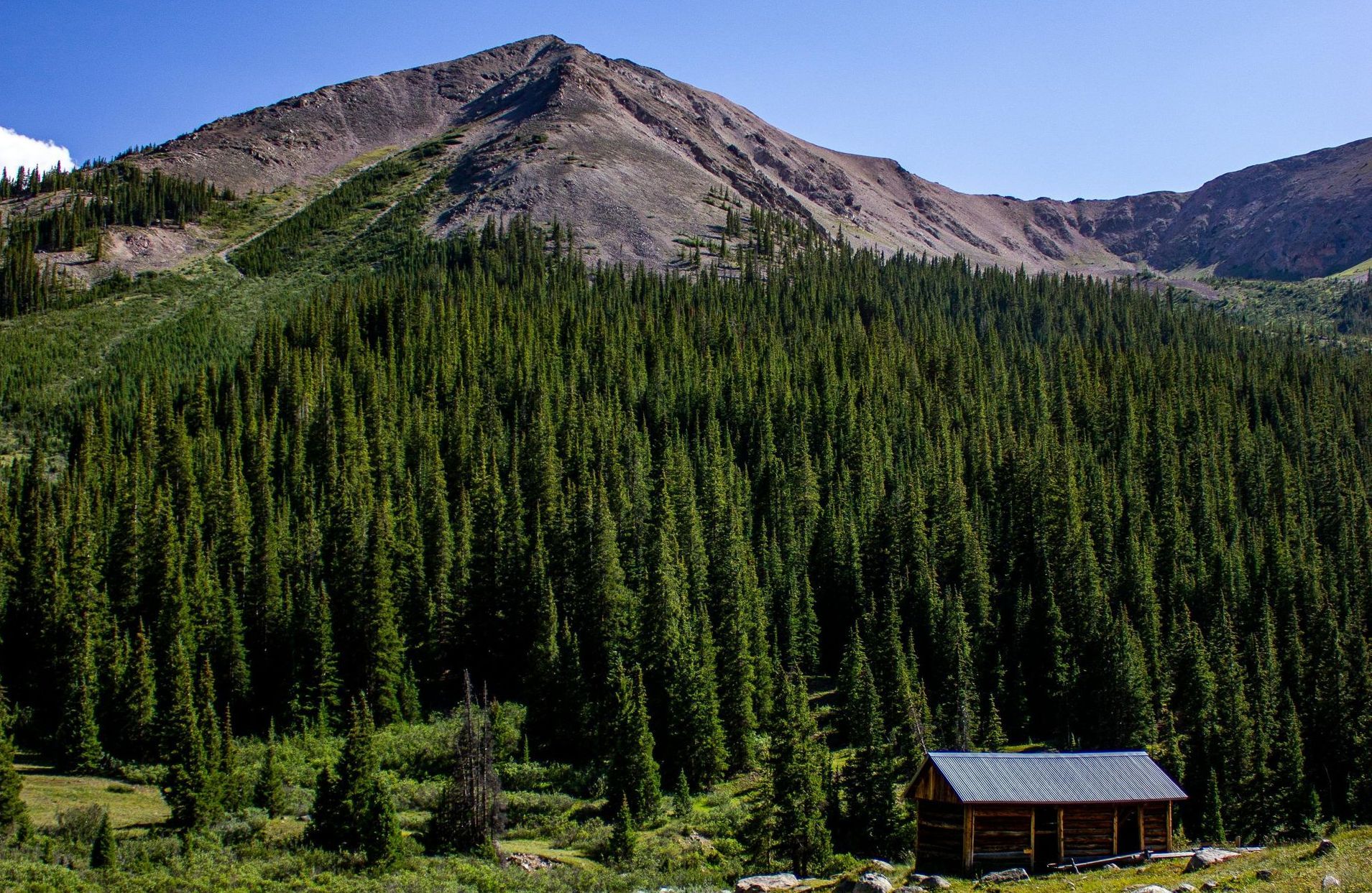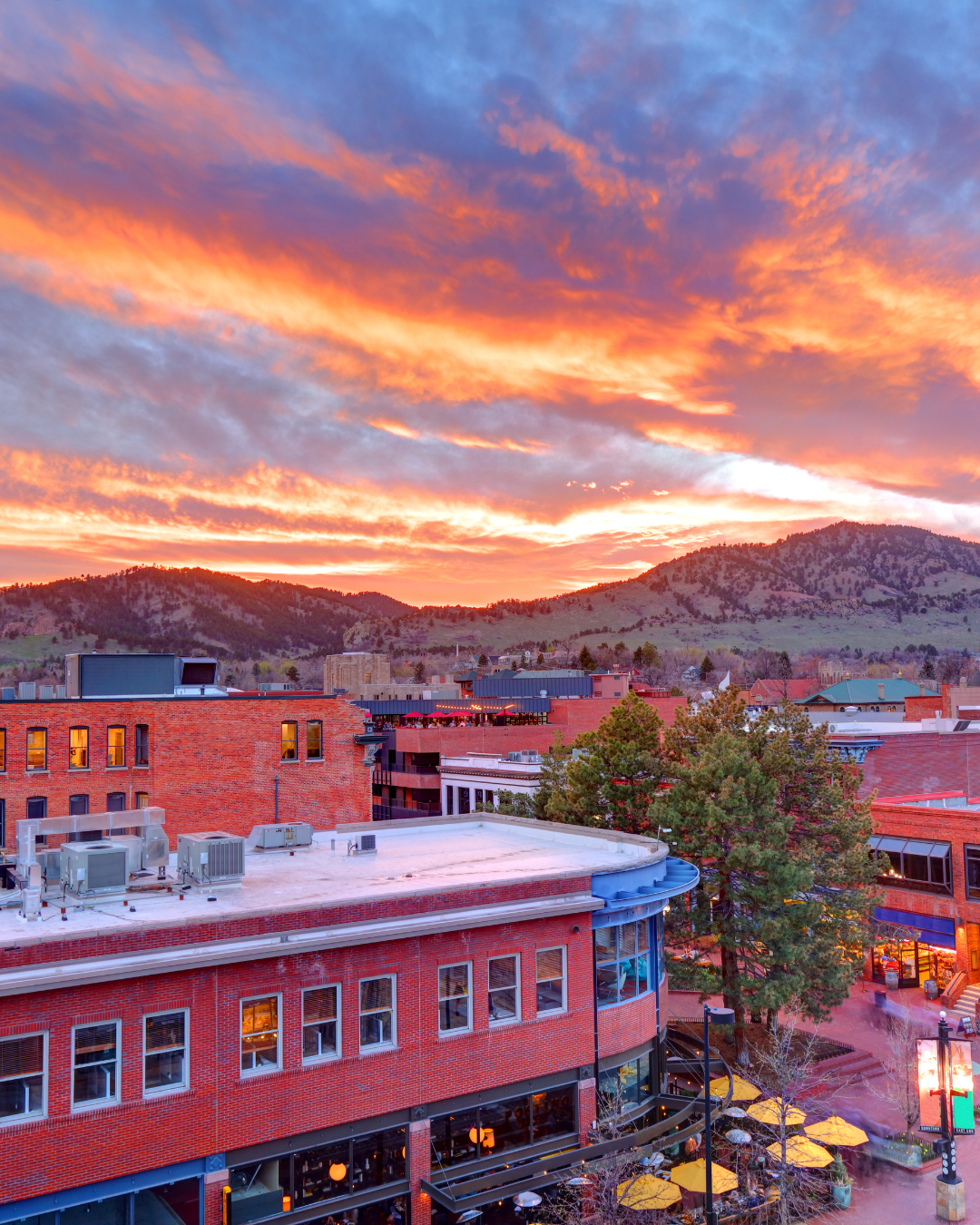When it comes to buying a home, mountain and metro properties come with very different considerations. Whether you're envisioning weekend getaways in Breckenridge or planting roots in Denver, here’s what you need to know about lending, insurance, accessibility, and rental potential—so you can make a confident choice.
1. Loan Type & Lending Requirements
Mountain Homes:
In towns like Vail, Estes Park, or Crested Butte, homes are often classified as second homes or investment properties. That means:
- Higher down payments (10–20%+)
- Slightly higher interest rates
- Fewer comparable sales, which can slow down the appraisal process
- Stricter loan guidelines, especially if rental income is considered
Front Range Homes:
Think Denver, Boulder, Colorado Springs, Fort Collins. These homes are more often primary residences, which qualify for:
- Lower down payments (as low as 3%)
- FHA, VA, and first-time buyer programs
- Easier appraisals and quicker closings
DNVR Tip:
Planning to live in your mountain home full-time? Be upfront about occupancy—you may qualify for more favorable loan terms.
2. Insurance Costs & Coverage
Mountain Risks:
- Wildfires, hail, heavy snow, and even floods or landslides
- Higher premiums and limited provider options
- May require specialty coverage like wildfire or flood insurance
Front Range Simplicity:
- Hail and wind are still common, but...
- Insurance is typically more affordable
- Greater competition among providers
DNVR Tip: Get an insurance quote before going under contract—especially for mountain properties.
3. Accessibility & Year-Round Maintenance
Mountain Homes:
- Winter access may require 4WD or snow tires
- Private road maintenance and snow contracts are common
- Septic and well systems are typical in rural areas
Front Range Homes:
- Public utilities and roads maintained by cities/counties
- Year-round access with fewer surprises
- Lower HOA fees and routine upkeep
DNVR Tip: Not a fan of digging out after a blizzard? A Front Range home might suit your lifestyle better.
4. Resale & Rental Potential
Mountains:
- Popular for short-term rentals (STRs), especially in ski towns
- Watch for STR restrictions, permits, and HOA rules
- Ideal for second-home buyers or vacation investors
Front Range:
- Reliable long-term rental demand
- Easier resale with steady population growth
- Great for first-time buyers or those seeking urban convenience
DNVR Tip:
Planning to rent? Double-check local regulations before buying, especially in mountain towns with tightening STR laws.
Quick Comparison:
Category Mountain Homes Front Range Homes
Loan Type
2nd home or investment loans Primary residence loans
Down Payment
Higher (10–20%+) As low as 3%
Insurance
Higher due to natural hazards Lower with more coverage options
Accessibility Seasonal, may need private maintenance Year-round, public utilities & roads
Rental Potential
High STR demand, but restricted Steady long-term market
Which One is Right for You?
Do you dream of hitting the slopes and sipping cocoa by the fire? Or would you rather walk to coffee shops, breweries, and work? Both lifestyles offer amazing benefits—but the path to ownership is different for each.
Let’s Talk About Where You’re Headed
At DNVR Lending, we know Colorado—mountains, metros, and everything in between. Whether you’re buying your basecamp or your forever home, we’ll help you navigate the fine print, lending requirements, and long-term strategy to find the loan that fits your life.
📲 Let’s connect. We’re here to help you get there.












